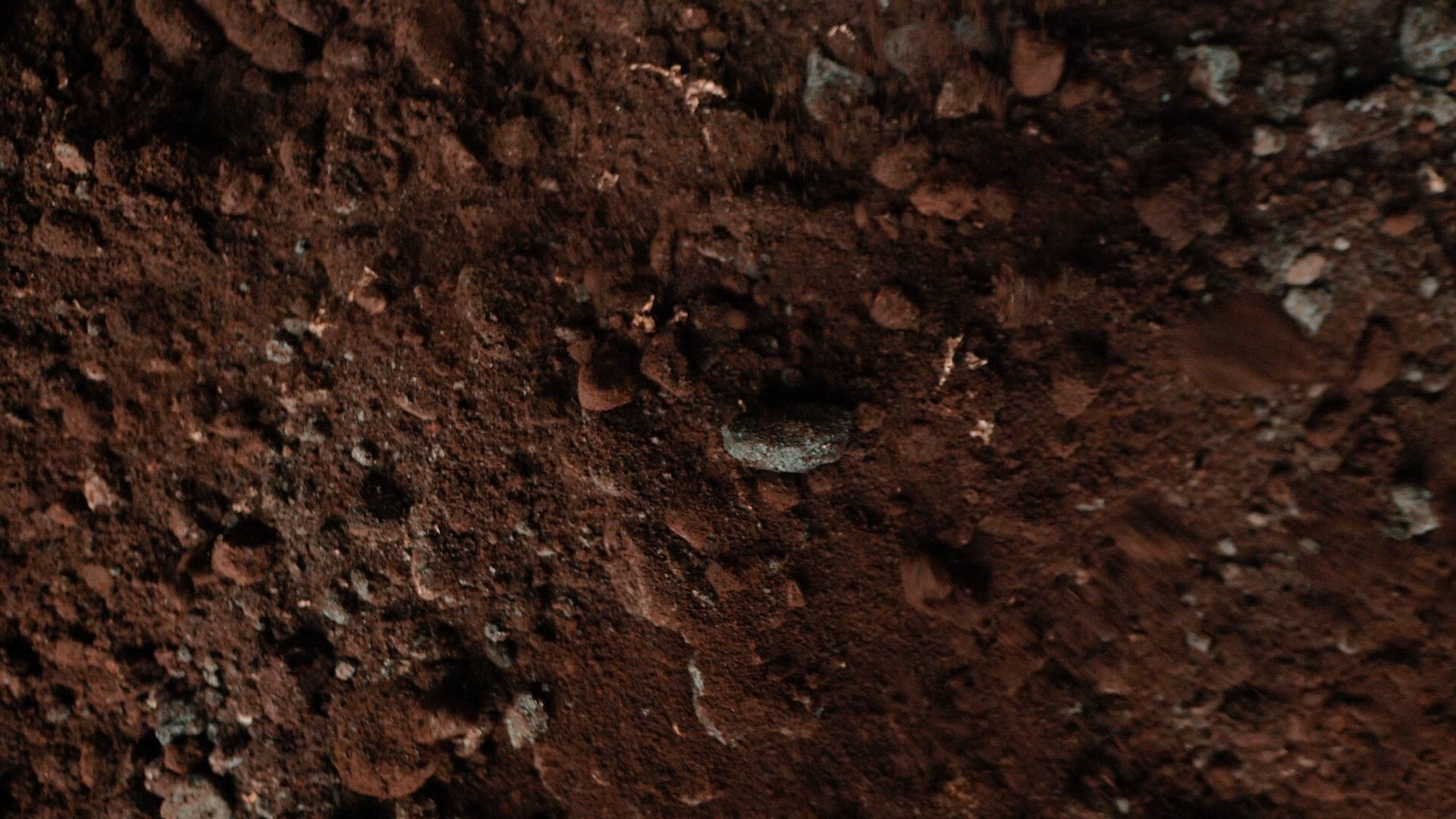
Urban BioRefinery
Mapping the urban waste streams of bread and coffee grounds
Powered by Circular Flanders
#upcycling #urbanwastestreams #marketresearch #lessonslearned
Researching urban waste streams made GLIMPS.bio what it is today. Before this project, we focused on fairly small-scale mycelium projects. URB made us see the need for industrial-scale solutions for waste upcycling.
Groundbreaking innovation is exciting and necessary, but we realized that the biggest added value we can bring to the circular economy is doing the leg work that comes after. Figuring out the production process, combing out the business plan, finding logistical solutions, finding the right partners. The world won’t go ‘round on circular showcases alone.
Why did GLIMPS.bio set out to research urban waste streams?
We got excited about the potential. When talking urban waste streams, we’re talking big volumes on a relatively small surface. The people producing the waste streams are the same people that could buy products made of their trash, resulting in the shortest, most circular supply chain possible. However, lots of this potential is still unexplored. We know some good product applications exist, but much research about large-scale solutions still needs to be done.
We wanted to find viable applications for two or three urban waste streams, and logistical solutions for collecting those waste streams.
What did the Urban BioRefinery look like?
It was a series of buzzing events with enthusiastic people bouncing ideas and energy! Or it would have been, but COVID.
In the first phase, URB was mostly just us browsing the internet. We narrowed our focus down to coffee grounds and bread surplus. There is already a lot of awareness about these waste streams and they are easy to collect separately, so we assumed they were our best bet. We mapped out the current, linear value chains and proposed a circular alternative. We looked for all partners who could pick up a role in these new circular chains.
Then came the energizing bit of work: bringing people together. It may not have been in a physical setting, but we synergized everyone we could find in and around Ghent working with coffee grounds and bread surplus. Through experimentation, advice and support, we tried our best to bring the circular value chains for coffee grounds and bread surplus to life.
Did we live up to our urban waste challenge?
We developed two product applications, with corresponding business and production plans. One is now moving past its first production phase. The second has been prototyped, but is now backstage for more research.
Hopefully, our research will help others - perhaps you, reading this - develop their own urban circular products that much faster. Do reach out if you want to learn more! Jasper@glimps.bio will be your contact person.
What are our lessons learned?
Misconceptions are serious circular party poopers. We see applications for waste streams on social media, and we think neat! These waste streams are fixed! They’re not. A product application exists, but hasn’t been scaled, there’s no logistic solution, no new value chain. The waste is overwhelmingly still waste. The crux is that it’s hard to convince people that we need a solution for coffee grounds and bread surplus, when they think there is no problem to be fixed.
The right partners have skin in the game. Before this project, we often worked with academic and governmental partners. Nothing wrong with that, but we discovered that magic happens when everybody in the room has a real need for a circular solution to happen. It was instructive and rewarding to collaborate with people who saw the opportunities and were aching to progress.
Having something someone needs is the circular economy enabler. During this project, we saw the value of focusing on the end application and end client. Especially within the circular economy, we often make the mistake of focusing on the supply: what do we need to upcycle? We then get lost in producing materials and products that don’t cater to anyone’s demand.
We choose pragmatism. We saw the burning need for large-scale solutions for urban waste streams, solutions that surpass the small-scale production phase. This means embracing that a product application with 50% upcycled raw material is a lot better than an application with none at all. Demanding perfection from the start won’t propel the circular economy. Being committed to the long, sometimes tedious, sometimes painstaking process of going from innovative research to large-scale waste solutions, will. That’s what we do.
URB was powered by Circular Flanders.

“Having something someone needs is the circular economy enabler. It’s tempting to focus on the supply: what do we need to upcycle? We must avoid the trap of producing materials and products that don’t cater to anyone’s demand.”
— Jasper Bloemen, co-founder, GLIMPS.bio
From waste to revenue,
from fossil to bio-based.
We’ll help you from A to Z.




